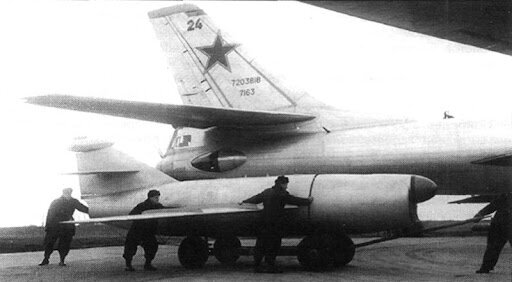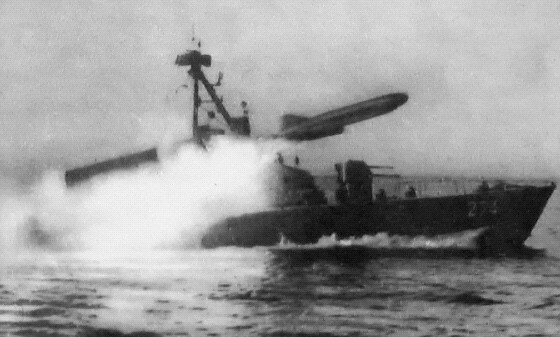- Joined
- 5 May 2007
- Messages
- 1,471
- Reaction score
- 2,822
My suspicion is that the steel mills making AFV armour didn't have appropriately sized equipment for battleship plate. They'd at least still have the knowledge of how to make homogeneous armour - used for deck plates and AFVs - though maybe not face-hardened armour which was preferred for naval belt armour.Re the armour there were factories making armour for tanks & AFVs, but to paraphrase British Rail it's probably "the wrong type of armour" and it's also probable that they couldn't they can't make it in the quantities required. As part of the thought experiment could Kevlar-type armour have been used?
As far as Kevlar goes, I don't know. But, given sufficient budget, you could have a lot of fun blowing things up to find out.
Not quite, they're in the sponsons directly under the islands.Was I right about the position of the GTs on the Queen Elisabeth class?
You'll be wanting that space for the electrical motors and switchboards. It might work out, but space on battleships is tight and you'd need to study it carefully.I thought this may have been the one time out of ten. That is the ballast would go where the old steam boilers, steam turbines & their gearing had been.
It must have fallen off the draft, I definitely wrote something.... Diesel-electric would be less horrendous than gas turbines. The weight and space demands are much closer to steam, though you're still replacing the entire machinery spaces. You could even do geared diesels, but electric is actually easier. Shaftline vibrations on geared diesel do weird, nasty things.@Yellow Palace one part of Post 192 that you didn't comment on in Post 196 was this:


